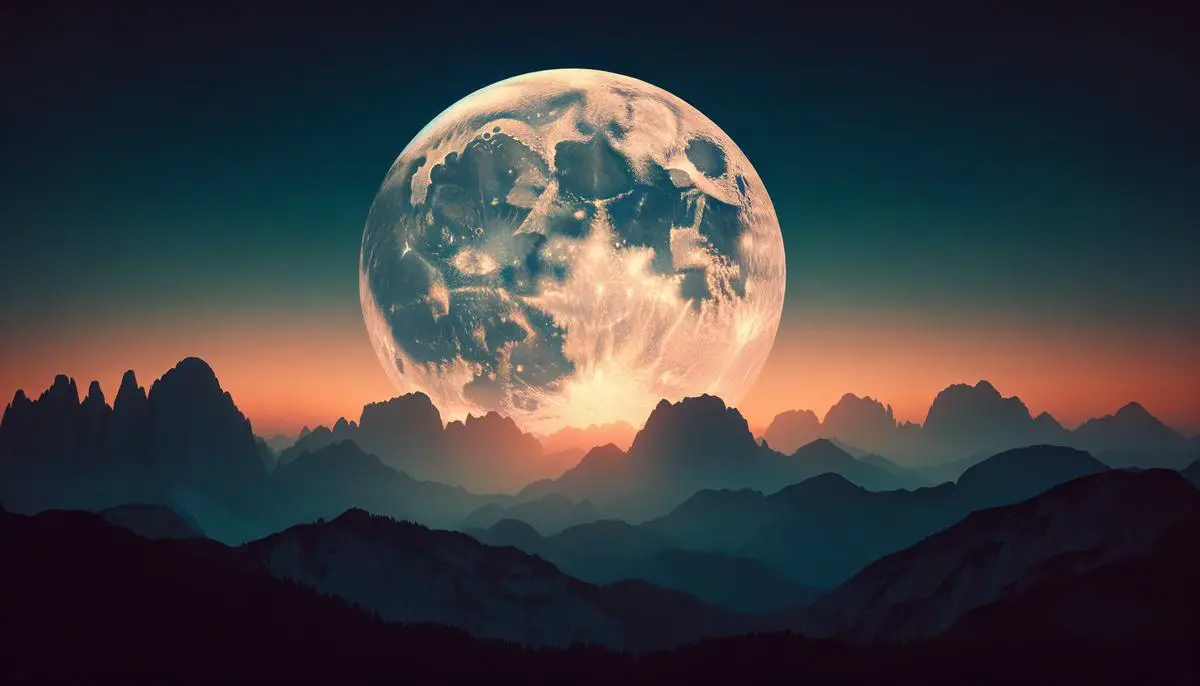Supermoons offer a captivating celestial event where the moon appears larger and brighter in the night sky. This phenomenon occurs when the moon is at its closest point to Earth during its full phase, creating a striking visual spectacle. Understanding the mechanics behind supermoons and learning how to photograph them can enrich your appreciation of these events.
Understanding the Supermoon Phenomenon
Supermoons occur when the moon reaches its closest point to Earth, known as perigee, during its full phase. This proximity makes the moon appear larger and brighter than usual. Perigee contrasts with apogee, the point where the moon is farthest from Earth. While an average full moon appears about 31 arcminutes across, a supermoon can look around 33.5 arcminutes wide, marginally larger. To the casual observer, the size difference might be subtle, but the increased brightness is noticeable.
The moon's orbit around Earth isn't perfectly circular; it's elliptical. This means its distance from Earth varies as it travels. When the moon hits full phase near perigee, we get a supermoon. A supermoon can appear up to 14% larger and shine 30% brighter than when it's at apogee. This isn't just an optical illusion; it's physics at play. The slightly closer distance boosts the moon's apparent size and luminosity.
On August 30, observers saw a Blue Super Moon. A Blue Moon refers to the second full moon within a single month—a rarity that adds a layer of excitement. This event also marked the second full moon in August, the first being the Sturgeon Moon on August 1.
The moon illusion can play tricks on your eyes. As the moon rises, it appears larger near the horizon due to a visual effect caused by its context with terrestrial objects. This is a perfect time for a photo. Once it climbs higher in the sky, it may seem smaller. This doesn't actually change the moon's size, just our perception of it.
Supermoons are a recurring event but capturing the perfect shot can be a challenge. Practice, planning, and a bit of luck with the weather can lead to stunning photographs. Whether you're a seasoned astrophotographer or a curious observer, a supermoon presents a celestial spectacle worth witnessing and documenting.
Optimal Conditions for Supermoon Photography
Capturing the perfect supermoon photograph relies heavily on understanding and leveraging ideal conditions. Weather, location, and timing are crucial elements that can make or break your shot.
- Clear skies are essential. Low humidity and cold weather are advantageous for astrophotography. Cold air holds less moisture, reducing the atmospheric turbulence, which improves the clarity and sharpness of your photographs.
- Location significantly impacts the quality of your supermoon photographs. High-altitude spots are generally ideal, as they offer clear skies and minimal atmospheric interference.
- Timing is crucial for photographing the moon. For supermoons, the best time to capture the grandeur is during moonrise or moonset.
To ensure the moon aligns perfectly with a landmark or other foreground element, thorough planning is key. Apps like The Photographer's Ephemeris and Photopills are invaluable tools for any serious astrophotographer. These apps can help you determine the exact rise and set times of the moon for your specific location.
Patience and flexibility are essential. Weather can be unpredictable, and even the best-laid plans may need to be adjusted on the fly. Always have a backup plan—another location or a different day in the lunar cycle. Sometimes, waiting it out for a break in the clouds or a clearer night can yield extraordinary results.
Once you've scouted your location and ensured the weather conditions are favorable, remember to bring the right gear. A sturdy tripod is indispensable for stabilizing your shots, especially when using long lenses. A remote shutter release can also prevent any camera shake when you capture the image. Additionally, don't forget portable power sources and layers of warm clothing if you're heading to remote or high-altitude areas.
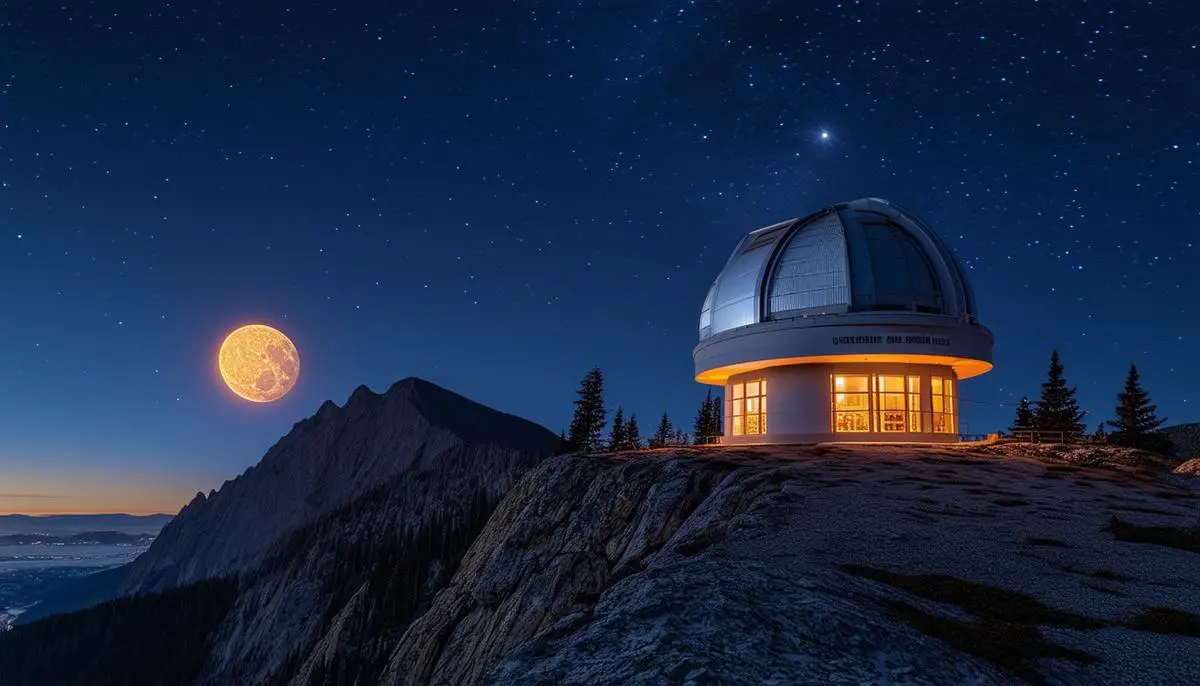
Essential Gear and Camera Settings
For capturing the essence of a supermoon with your camera, the right gear and settings play a pivotal role. While you don't need the most sophisticated equipment to get a good shot, certain tools can significantly enhance your results.
Essential Gear:
- Interchangeable lens camera (DSLR or mirrorless)
- Telephoto lens (200mm or longer)
- Sturdy tripod
- Remote or cable shutter release
- Optional: Graduated glass filters
Recommended Camera Settings:
- Manual mode
- Low ISO (100-200)
- Narrow aperture (f/8 to f/16)
- Fast shutter speed (around 1/100th of a second)
Shooting in manual mode provides the most control over your final image. Start with a low ISO setting to minimize noise. Given that the moon is much brighter than the night sky, a narrow aperture will help in capturing more details and ensuring a good depth of field.
Shutter speed is crucial. The moon moves surprisingly quickly across the sky, so a faster shutter speed helps to freeze its motion and maintain sharpness. You can adjust this depending on your focal length and the exact lighting conditions.
"Monitoring the histogram on your camera can help ensure you're capturing all the necessary details without clipping highlights or shadows. Aim for a balanced histogram, where the peaks are centrally located without steep spikes at either end."
One advanced technique to consider is exposure bracketing, where you take multiple shots at various exposures and later blend them in post-processing. This helps in achieving a well-balanced image, particularly when there are significant contrasts in the scene.
It's important to keep practicing. Supermoon events recur, and each one provides an opportunity to refine your technique. Whether you're shooting from an urban rooftop or a remote mountain, the principles of planning, appropriate gear, and careful settings remain constant for capturing these breathtaking celestial events.
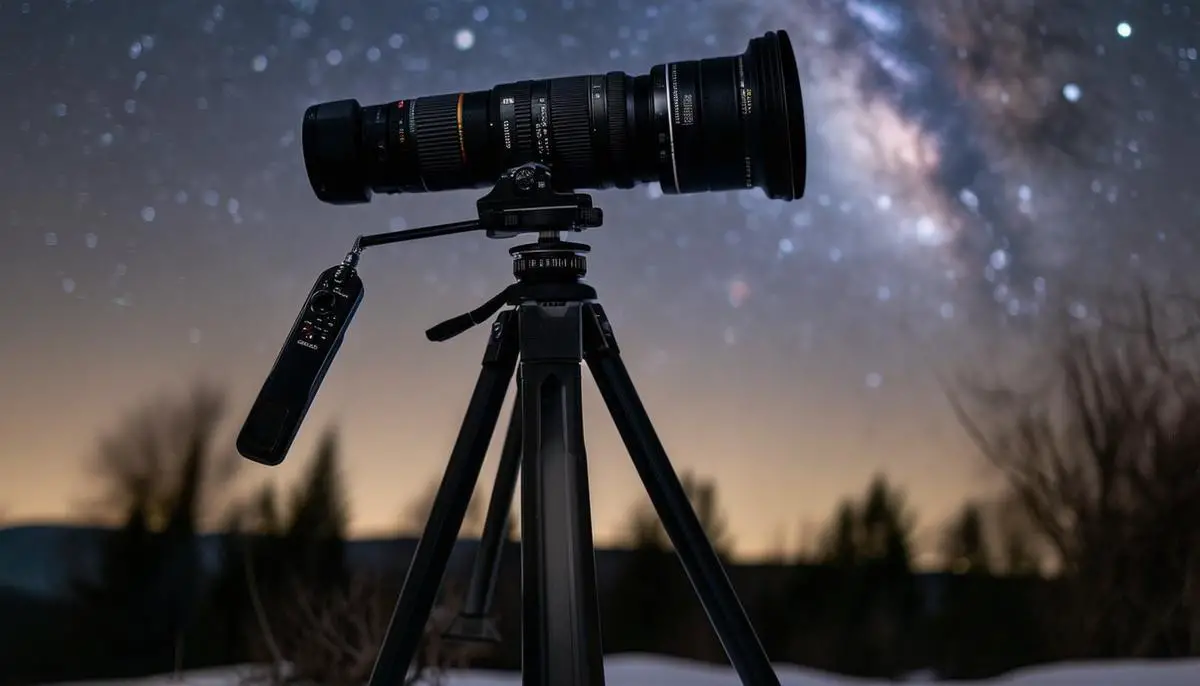
Techniques for Capturing Unique Supermoon Shots
To capture truly extraordinary supermoon photographs, advanced techniques can elevate your work. One of the most effective methods is incorporating foreground elements. Structures such as buildings, trees, bridges, or natural landscapes can add a dramatic sense of scale and context to your moon shots.
Advanced Techniques:
- Foreground Elements: Align the moon with interesting landmarks or natural features.
- Lens Compression: Use telephoto lenses to make the moon appear larger relative to foreground objects.
- Compositing: Combine multiple exposures to balance lighting and sharpness.
- Stacking: Merge several shots to reduce noise and enhance clarity.
- Unique Perspectives: Experiment with unconventional angles and reflective surfaces.
Lens compression is a powerful technique that can transform your supermoon photography. By positioning yourself at a considerable distance from your foreground subject and using a telephoto lens, you can capitalize on this effect to make the supermoon look even more imposing.
Post-processing plays a crucial role in enhancing your images. Techniques like compositing and stacking shots are highly effective in achieving maximum detail and dynamic range. For example, you might take one shot focused on the moon to capture its intricate details and another focused on the foreground element to maintain its clarity, then merge the two in post-processing software.
Be open to experimentation. Consider different perspectives and angles to create diverse compositions. Sometimes, unconventional methods like shooting through objects like sparse tree branches or using reflective surfaces, such as bodies of water, can yield intriguing results.
Don't underestimate the power of editing. Simple adjustments like tweaking the contrast, brightness, and color balance can make a noteworthy difference in the mood and feel of your image. Advanced editing tools, such as luminosity masks or high dynamic range (HDR) techniques, can add further depth and texture, enhancing both the moon's surface and the surrounding scenery.
Capturing unique supermoon shots goes beyond the mere act of photography. It encompasses a harmonious blend of planning, technique, and post-processing skills. Each supermoon presents an opportunity to push the boundaries of your creativity and photographic prowess, rendering every image a testament to the celestial beauty of our nearest celestial companion.
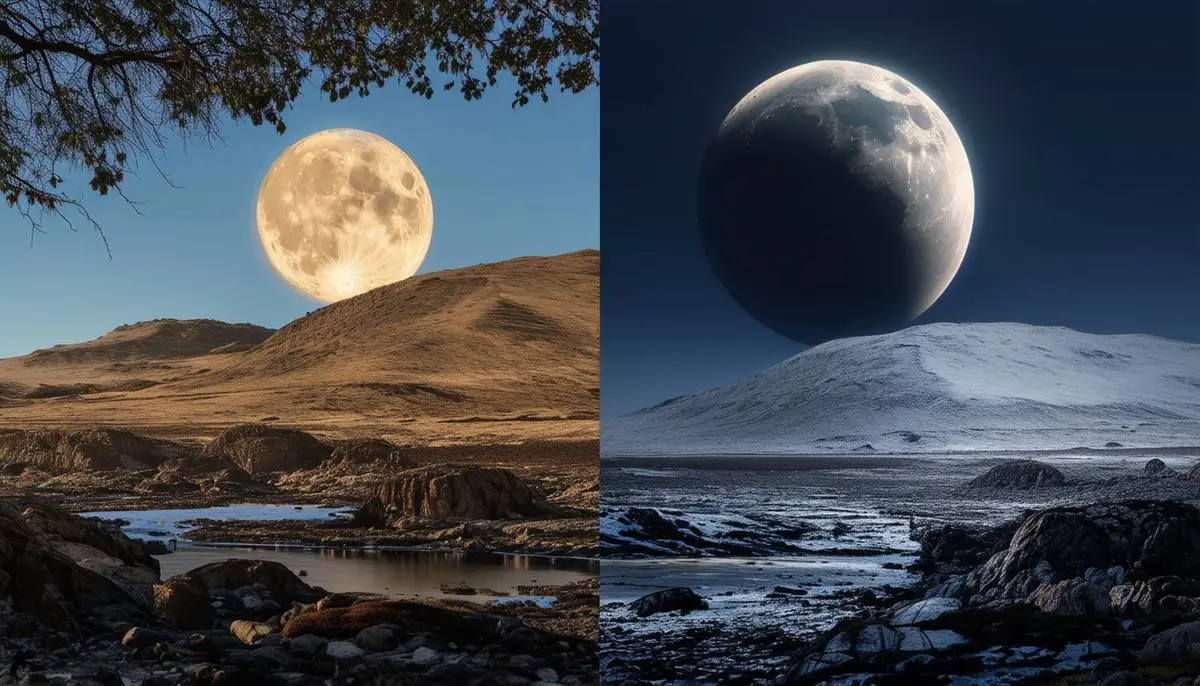
Planning for Upcoming Supermoons
Planning for upcoming supermoons requires thorough preparation to capture that perfect shot. In 2024, skywatchers can look forward to several notable supermoons:
- Sturgeon Moon on August 19 at 2:26 p.m. ET (1826 GMT)
- Harvest Moon on September 17 at 10:34 p.m. ET (0234 GMT)
- Hunter's Moon on October 17 at 7:26 a.m. ET (1126 GMT)
- Beaver Moon on November 15 at 4:29 p.m. ET (2129 GMT)
Preparation begins with knowing when and where the moon will rise and set. Apps like The Photographer's Ephemeris and Photopills are valuable for this task, allowing you to input specific dates and locations to determine precise times and angles of the moon's movements.
For location scouting, seek out high-altitude areas or sites with minimal light pollution for the clearest views. Mountainous regions, deserts, and remote countryside often provide the best opportunities. Urban environments can also yield impressive results, especially when using landmarks as foreground elements. Scout locations well before the supermoon to familiarize yourself with the area and determine the best vantage points.
Timing your shoot around moonrise or moonset is crucial. During these periods, the moon appears largest due to the moon illusion and exhibits a warm, reddish hue. Using augmented reality features in planning apps can help you visualize the moon's path in real-time, allowing you to adjust your position and composition dynamically.
Essential Preparations:
- Check weather forecasts multiple days in advance and on the day of your shoot. Clear skies with low humidity are ideal for sharp, vibrant photos.
- Have a backup location or date in case of inclement weather.
- Pack the right gear: camera, telephoto lens, tripod, spare battery, memory cards, and possibly a portable weather cover.
- Use remote or cable shutter releases to maintain stability, especially in windy conditions.
Practice patience and adaptability. Even with the best tools and plans, real-world conditions can be unpredictable. Be ready to improvise and seize unexpected opportunities. Each supermoon provides a fresh canvas for creativity, and diverse conditions can lead to unique photographs.
"The combination of precise planning, understanding of celestial mechanics, and thorough preparation ensures you're well-equipped to document these awe-inspiring sights."
Look forward to these upcoming dates in 2024 and plan ahead to make the most of these fleeting yet remarkable moments in the night sky.
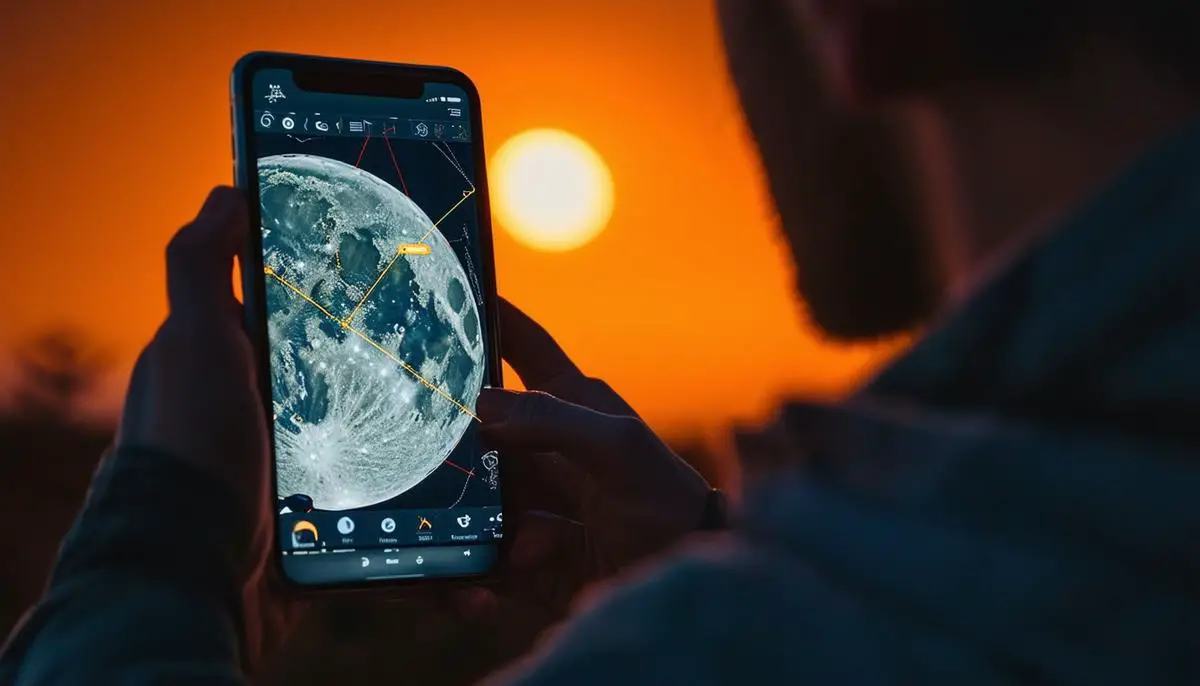
Capturing a supermoon is a rewarding experience that combines careful planning, the right equipment, and patience. Each supermoon presents an opportunity to witness and document a remarkable natural event. With the upcoming supermoons in 2024, now is the ideal time to prepare and make the most of these celestial moments.
![]()
